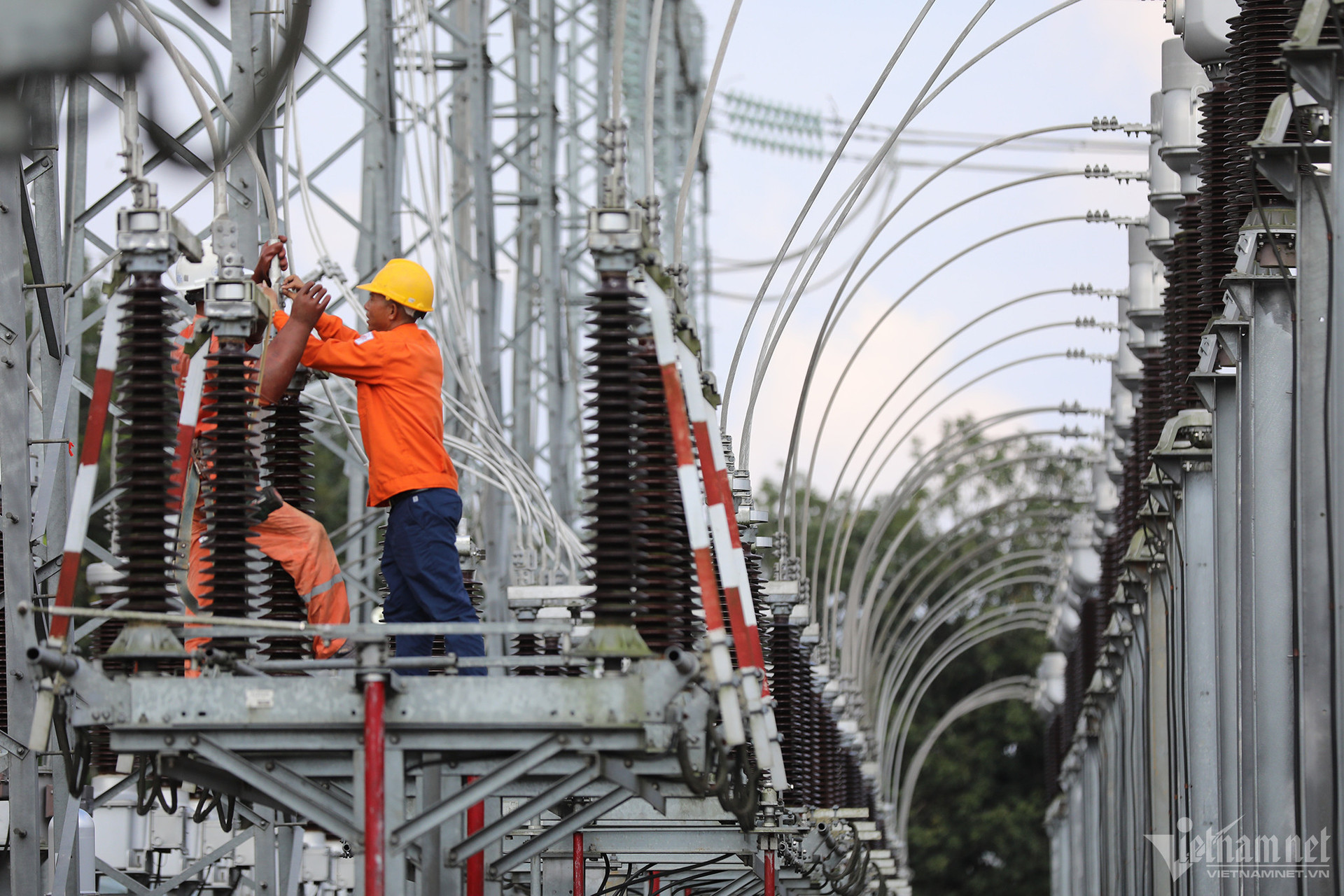
For electricity consumption of 700 kWh or more, the highest price will apply.
The Ministry of Industry and Trade has just submitted the draft decision on the mechanism for retail electricity pricing to the Ministry of Justice for appraisal.
The Ministry of Industry and Trade proposed to improve the structure of the retail electricity price list for households, shortening it from 6 levels to 5 levels as proposed by EVN and consultants, but with changes in the proportion structure compared to the average retail electricity price (the current average retail electricity price is 2,006.79 VND/kWh).
| Level | Electricity consumption | Electricity price (VND/kWh) |
|---|---|---|
| Level 1 | first 0-100kWh | 1,806.11 |
| Level 2 | For kWh from 101-200 | 2,167.33 |
| Level 3 | For kWh from 201-400 | 2,729.23 |
| Level 4 | For kWh from 401-700 | 3,250.99 |
| Level 5 | For kWh of 700 or more | 3,612.22 |
Based on the design of the above levels, the Ministry of Industry and Trade believes that the electricity price for each level is designed to ensure minimal impact on electricity users.
Specifically, the Ministry of Industry and Trade maintains the current electricity price for the first level from 0-100 kWh to ensure stable electricity prices for poor households and social policy households with low electricity usage (accounting for 33.48% of households). The difference in reduced electricity revenue is compensated for by households using electricity from 401-700 kWh and over 700 kWh.
Maintain current electricity prices for levels from 101-200 kWh and 201-300 kWh.
"Electricity prices for consumption tiers from 401-700 kWh and from 700 kWh and above are designed to offset revenue losses for lower tiers," the Ministry of Industry and Trade stated.
According to this plan, the amount of budget support for poor households and social policy households will not change compared to when applying the current electricity price structure.
For the people, this agency evaluates the advantage of the above plan as simple and easy for people to understand due to the reduction from 6 levels as the current electricity price structure to 5 levels of electricity price.
According to the Ministry of Industry and Trade, the purpose of combining the levels is to increase the gap in electricity consumption between levels and widen the gap in the consumption level of higher levels to reflect the actual situation of electricity consumption and encourage more economical and efficient use of electricity. At the same time, it partly limits the increase in electricity bills during the changing seasons.
"The price increase between levels is reasonable, the difference between the first and last levels is twice, in line with the general trend of countries around the world to encourage economical and efficient use of electricity through increasing the price difference between the first and last levels," the Ministry of Industry and Trade assessed.
Thus, the Ministry of Industry and Trade affirms that households with electricity usage of 710 kWh or less (accounting for about 98% of households) will have their electricity bills reduced.
Electricity prices for tourism are the same as electricity prices for production.
In the draft, the Ministry of Industry and Trade proposed that the electricity price for tourism be equal to the electricity price for production. This means that tourism establishments will enjoy lower electricity prices than at present.
According to the Ministry of Industry and Trade, tourism development will contribute to economic restructuring, bring in national budget revenue, attract investment capital and export goods on the spot, and have a positive impact on the development of related economic sectors.
Assessing the impact on manufacturing enterprises, according to the report and calculation of EVN and consultants in the Project, the current electricity selling price for production does not accurately and fully reflect the cost of electricity production and business (lower than the allocated cost).
Therefore, the Ministry of Industry and Trade calculates that the revenue shortfall due to the addition of the "tourist accommodation" customer group can be considered to be compensated from the off-peak electricity price of the production customer group from 4% to 8% compared to the current average retail electricity price. Because the off-peak price of this customer group is much lower than the average retail electricity price (from 52% to 56%).
Normal and peak hour electricity prices remain the same as current regulations (only increase off-peak hour electricity prices and do not adjust normal and peak hour electricity prices).
"Manufacturing enterprises will be affected by price increases of 1.27% to 3.85% in the context of the manufacturing industry recovering. The price increase will have an adverse impact on manufacturing industries," the Ministry of Industry and Trade said.
However, tourist accommodation establishments are entitled to a reduction in electricity prices from business to the retail price of electricity for production, resulting in a reduction in monthly electricity bills.
Considering the factors, the Ministry of Industry and Trade proposed choosing the option of equaling electricity prices for tourism with electricity prices for production "because it has more positive impacts".
TB (according to Vietnamnet)Source


![[Photo] Urgently help people soon have a place to live and stabilize their lives](/_next/image?url=https%3A%2F%2Fvphoto.vietnam.vn%2Fthumb%2F1200x675%2Fvietnam%2Fresource%2FIMAGE%2F2025%2F12%2F09%2F1765248230297_c-jpg.webp&w=3840&q=75)




























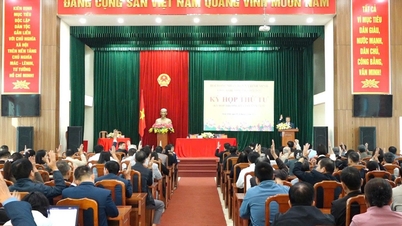

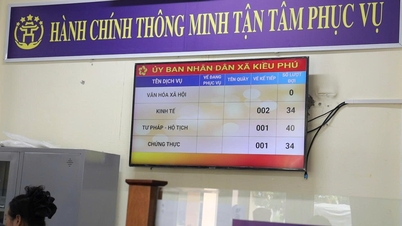
























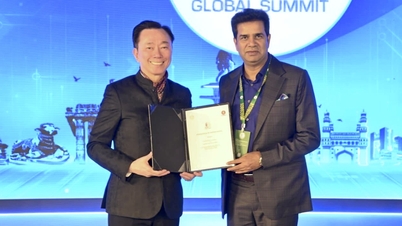


















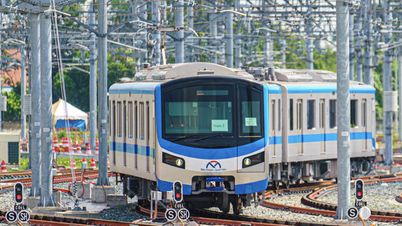

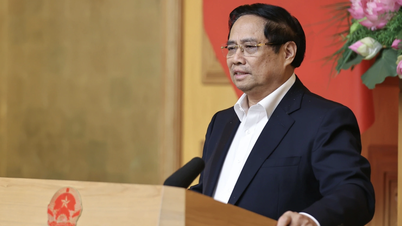
































Comment (0)